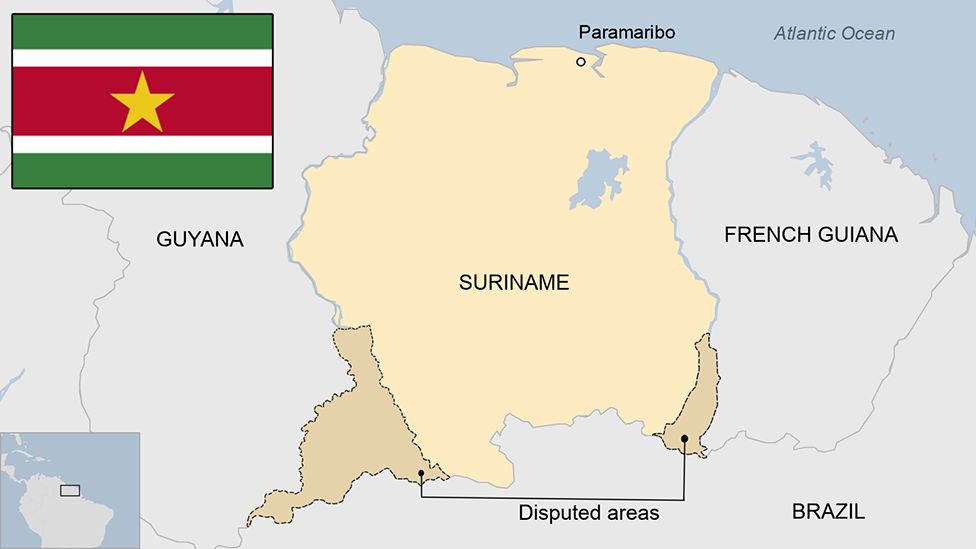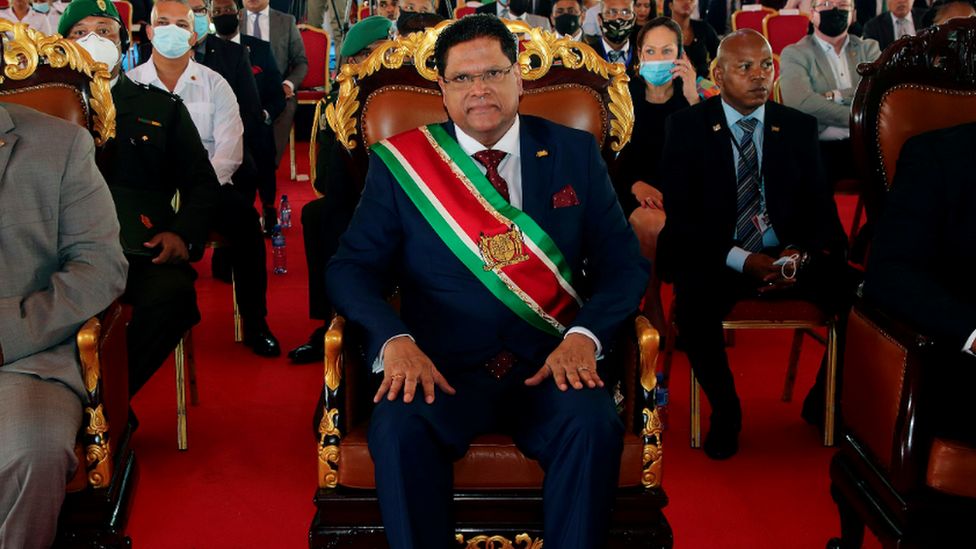So, have you ever wondered about the political landscape in Suriname? I mean, it’s this interesting little country tucked away in South America that not many people know much about. Well, let me tell you, there’s a lot more to Suriname than meets the eye. In this article, we’re going to dive deep into the political landscape of Suriname and explore all its intricacies.
Suriname is a fascinating country when it comes to politics. It has a multi-party system, which means that there are several political parties competing for power. The two major parties in Suriname are the National Democratic Party (NDP) and the Progressive Reform Party (VHP). These parties have dominated the political scene in Suriname for decades and have had a significant influence on the country’s governance.
But it’s not just about the parties in Suriname, it’s also about the people. Suriname is a melting pot of cultures, with a diverse population that includes people of African, Indian, Javanese, and indigenous descent. This diversity is reflected in the political landscape, with various parties representing different ethnic groups and their interests.
In this article, we’ll discuss the history of Suriname’s political landscape, the current political parties, and the major issues facing the country. So, if you want to learn more about Suriname and its unique political landscape, keep reading. Trust me, you won’t be disappointed.

Historical Background
Suriname, a small country located on the northeastern coast of South America, has a rich and complex political landscape that is deeply influenced by its historical background. Historically, Suriname was colonized by the Dutch in the 17th century and became a hub for the Atlantic slave trade. This tragic legacy has had a lasting impact on the country’s development and politics.
Colonial Legacy and Independence
Suriname remained a Dutch colony for nearly three centuries until it gained independence in 1975. During the colonial period, the Dutch implemented a system of governance that favored the interests of the colonizers while exploiting the country’s natural resources and labor force. This legacy of inequality and exploitation still lingers today and has shaped the country’s political institutions.
Political Institutions
The political institutions in Suriname are a blend of Dutch and local influences. The country operates under a parliamentary democracy, with a multi-party system. The government is composed of three branches: the executive, legislative, and judicial.
Executive Branch
The executive branch is headed by the President, who is both the head of state and head of government. The President is elected by the National Assembly, the country’s legislative body, and serves a five-year term. The executive branch is responsible for implementing and enforcing laws, as well as formulating and executing policies.
Legislative Branch
The legislative branch in Suriname is made up of the National Assembly, which consists of 51 members who are elected through a proportional representation system. The National Assembly is responsible for making and amending laws, approving the national budget, and conducting parliamentary oversight of the executive branch.
Judicial Branch
The judicial branch is an independent body responsible for interpreting and applying the law in Suriname. It is composed of the Court of Justice, which is the highest court of appeal, and lower courts, including district and military courts. The judiciary plays a crucial role in upholding the rule of law and ensuring justice for all citizens.
Political Parties
Suriname has a vibrant political party system, with numerous political parties representing a wide range of interests and ideologies. Some of the major political parties include the National Democratic Party (NDP), the Progressive Reform Party (VHP), and the Pertjajah Luhur (PL) party. These parties compete for seats in the National Assembly and play a pivotal role in shaping the country’s political landscape.
Elections and Voting System
Elections in Suriname are held every five years, and voters have the opportunity to elect representatives to the National Assembly. The voting system used in Suriname is a form of proportional representation, where each political party is allocated seats in the National Assembly based on the percentage of votes it receives. This system allows for a greater diversity of political representation but can also lead to fragmented governments.
Political Stability
Despite its historical challenges and diverse political landscape, Suriname has managed to maintain a relatively stable political environment. However, political stability has not been without its challenges. Over the years, the country has faced political unrest, corruption scandals, and governance issues, which have tested the resilience of its political institutions.
Challenges and Issues
Suriname faces several significant challenges and issues in its political landscape. One of the primary concerns is the fight against corruption, which has been a persistent problem in the country. Additionally, there are ongoing debates and tensions surrounding issues such as ethnic diversity, economic inequality, and the protection of human rights. Addressing these challenges requires a concerted effort from both the government and civil society.
Political Leaders
Over the years, Suriname has been led by various political leaders who have influenced the country’s political landscape. Notable figures include Johan Adolf Pengel, who played a crucial role in securing Suriname’s independence, and Desi Bouterse, a controversial and divisive figure who has served as President multiple times. The actions and policies of these leaders have had a profound impact on the direction and development of Suriname’s political scene.
Foreign Relations
Suriname’s political landscape is also shaped by its relationships with other countries and international organizations. The country maintains diplomatic ties with a wide range of nations and is a member of regional bodies such as the Caribbean Community (CARICOM) and the Union of South American Nations (UNASUR). These relationships influence Suriname’s foreign policy and its position within the global community.
Economic Impact
Suriname’s political landscape has a direct impact on its economy. The country is rich in natural resources, including gold, bauxite, and oil, which play a crucial role in its economic development. However, political stability and effective governance are essential for harnessing these resources sustainably and ensuring that the benefits are shared equitably among the population.
Conclusion
Understanding Suriname’s political landscape requires a deep dive into its historical background, political institutions, and key challenges and issues. The country’s colonial legacy, independence, and political party system all contribute to shaping its unique political environment. Suriname’s leaders, both past and present, have left their mark on the country’s political trajectory, while its foreign relations and economic circumstances also play a significant role. By gaining a deeper understanding of Suriname’s political landscape, we can better appreciate the complexities and nuances of this small yet culturally rich nation.
